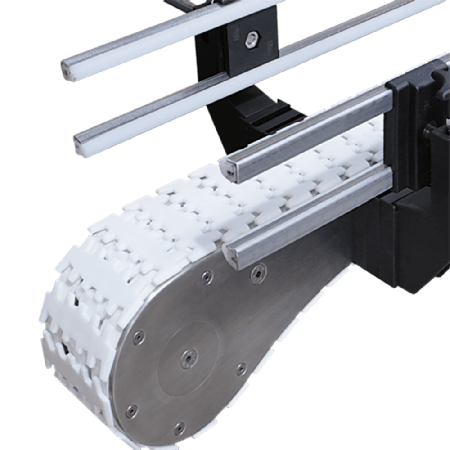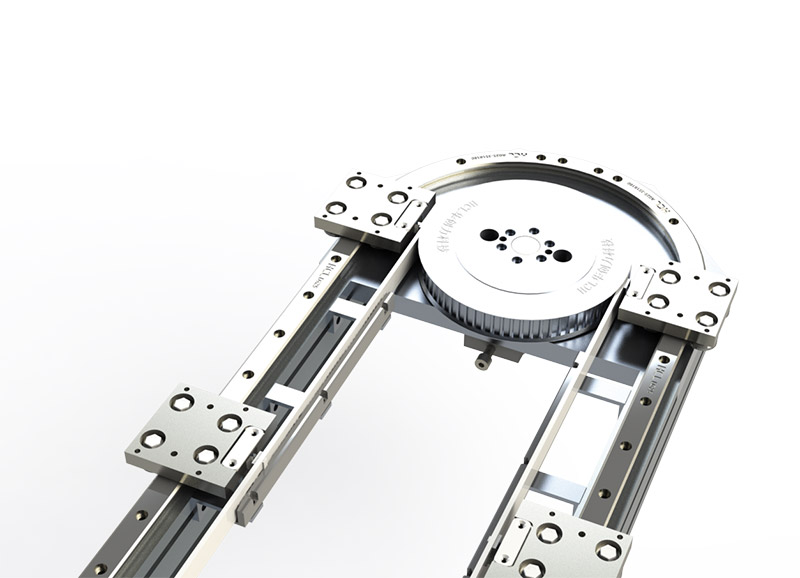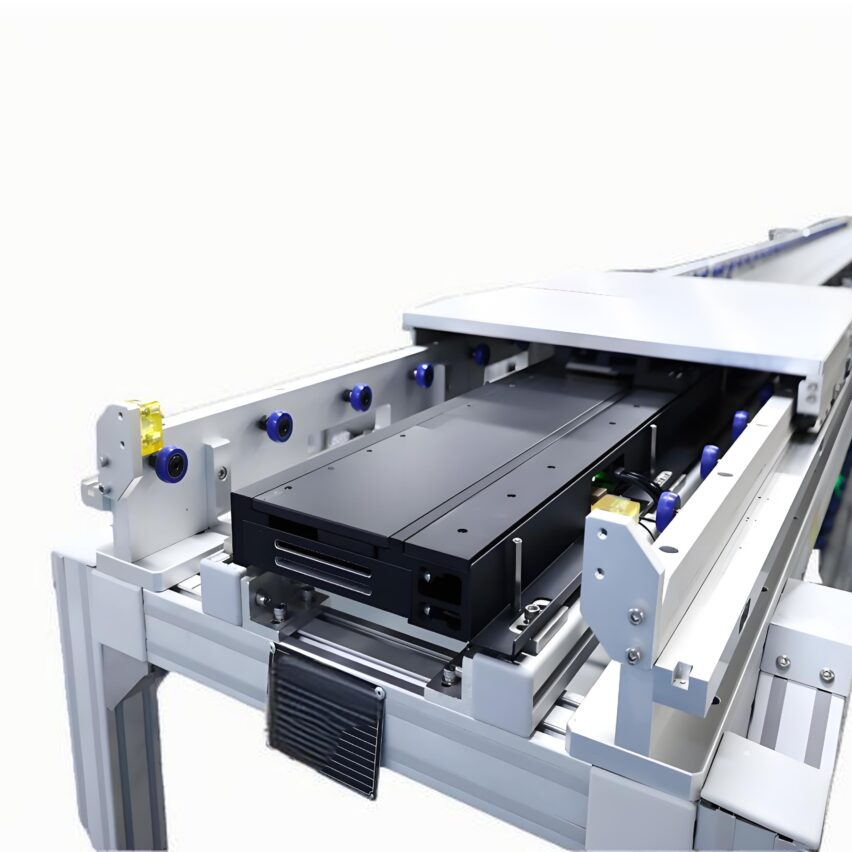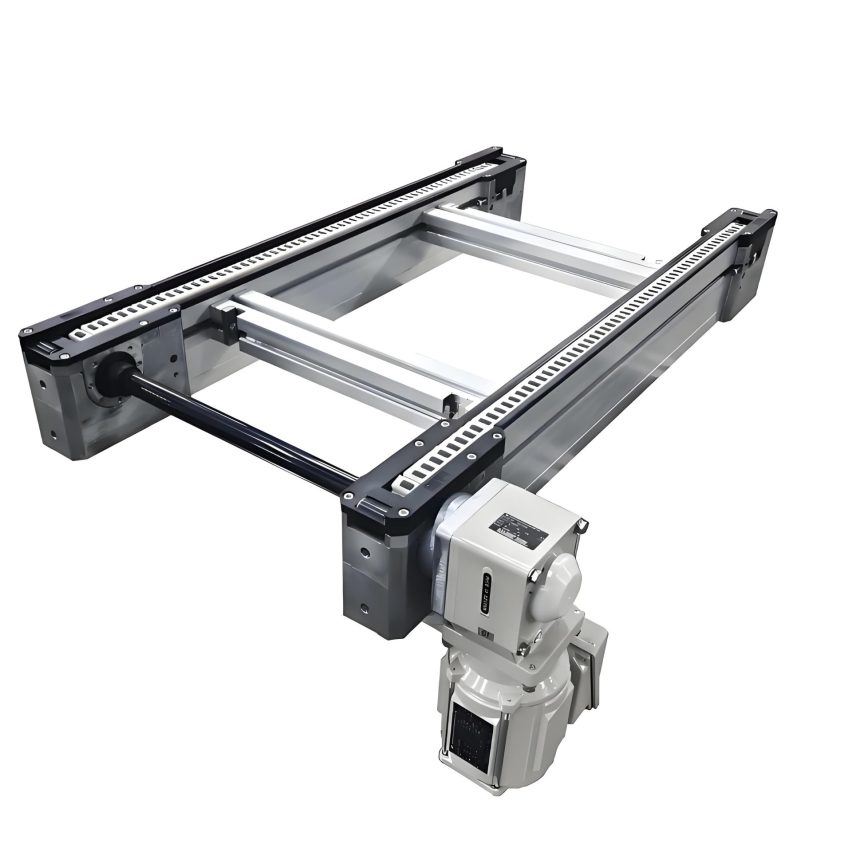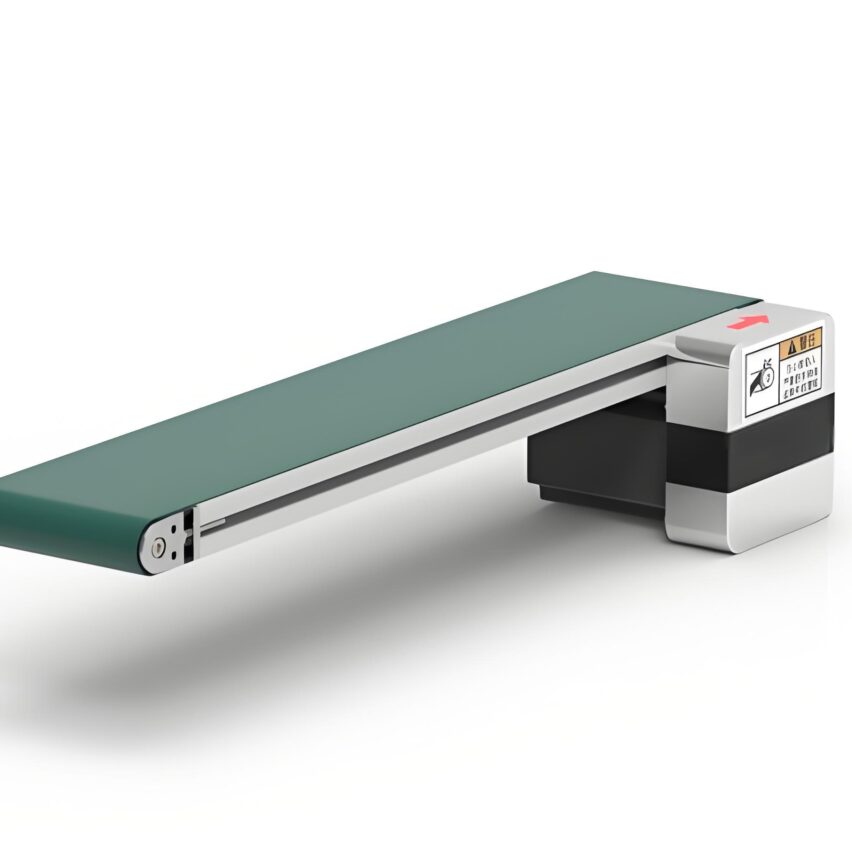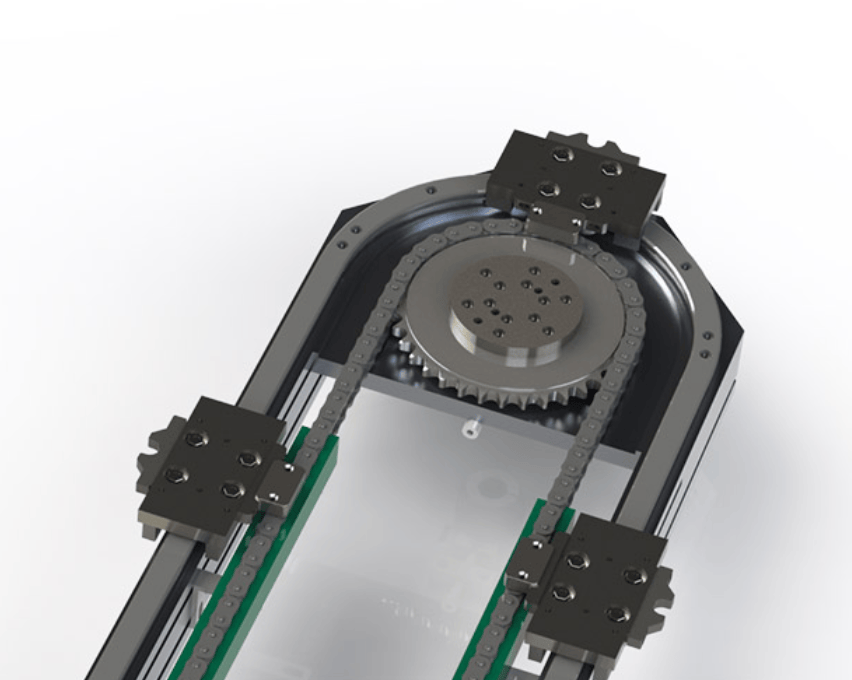I. Mechanical Principles and Growth Mechanisms: The Physical Nature of Differential Structures
At the heart of the Triple Chain isDynamics of the roller-roller diameter ratio. According to the kinematic equationv=(1+D/d)×v₀(v is the pallet speed, v₀ is the chain speed, D is the roller diameter, d is the roller diameter), when the diameter ratio D/d = 2, the theoretical growth rate up to 3 times. But the actual growth rate is usually 2.8-2.9 times, for three reasons:
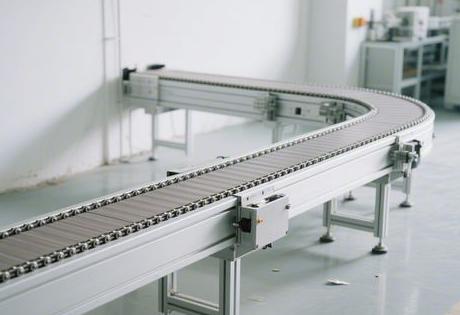
- friction loss: There is sliding friction between the roller and the guideway, especially when the chain speed is >15m/min, the wear increases leading to a decrease in the efficiency of the speed increase 12%;
- material deformation: Engineering plastic rollers produce micro-deformation under load, with a diameter ratio that fluctuates dynamically by ±0.05mm;
- Assembly tolerances: Accumulated error in chain plate clearance shifts the roller axis and reduces transmission efficiency.
Selection InsightsThe pursuit of the theoretical 3 times the speed need to sacrifice life - in the automotive battery pack production line in the actual test, the chain speed from 12m/min to 8m/min, roller life extension of 40%, but to reduce the overall cost.
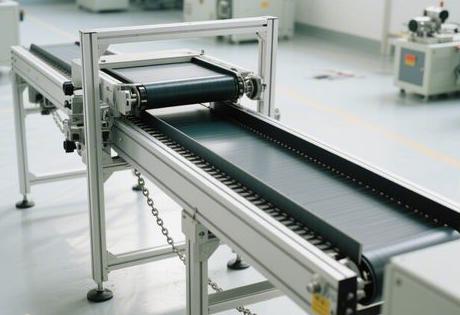
II. Selection of core parameters: four-dimensional decision-making model
1. The golden balance of load-speed
| parameters | Light load scenario (<200kg) | Heavy duty scenarios (>500kg) |
|---|---|---|
| Chain speed | 15-20m/min | 6-10m/min |
| Roller material | PEEK engineering plastics | carburised steel |
| growth rate than | 3x speed | 2.5x speed |
| Profile Specification | 8196.5 Aluminium profiles | 100118 T3.5 aluminium profile |
case (law)A power plant originally used 2.5 times the speed chain to convey the refrigerator shell (550kg), after upgrading 100118 profile + 3 times the speed chain, the speed was reduced from 10m/min to 8m/min, but due to theImproved deformation resistance 30%The annual maintenance cost has decreased by 60%.
2. The invisible threshold of environmental tolerance
- tempEngineering plastic rollers are suitable for -10℃~60℃, over the limit need to change stainless steel rollers (150℃ resistance) and add high temperature lubricant;
- corrode (degrade chemically)Lithium battery workshop need to choose all stainless steel chain, to avoid corrosion caused by acid mist roller diameter deviation > 0.1mm;
- cleanness: Magnetic fluid seals are required for medical production lines, with a dust protection efficiency of 99.971 TP3T.
III. The law of fitness of materials and profiles
1. Six "genotypes" of profile specifications
The mainstream profiles are classified in three levels based on the cross-section load bearing capacity tests:
- heavy duty fortress: 100118 T3.5 (compressive strength 120MPa), suitable for automotive engine cables;
- King of Flexibility: 8196.5 (self-weight reduction of 40%), suitable for high-speed scenarios of 20m/min in electronic sorting lines;
- Economy: 3570 (35% at reduced cost) for appliance assembly.
2. Design of materials against entropy increase
- gradient cooling: Roller embedded copper alloy capillary network, so that the temperature difference under 150 ℃ working conditions ≤ ± 2 ℃;
- Self-healing lubricationMicroencapsulated silane embedded in rollers, cracks are automatically repaired and maintenance intervals are extended to 6,000 hours.
IV. Precise Adaptation Strategies for Application Scenarios
1. Automotive manufacturing: the strength-first rule
- extruded profile: 100118 T3.5 aluminium profile + carburised steel chain plate;
- opening (chess jargon): With hydraulic servo damper to absorb 20kN impact force during direction change;
- numbers: A new energy plant adopts this solution, and the assembly accuracy of the electric drive system reaches ±0.1mm.
2. Electronics assembly: the game of speed and cleanliness
- Magnetic encoder positioning: ±0.05mm accuracy, but need to avoid strong electromagnetic interference;
- Non-magnetic stainless steel chain: Magnetic permeability <1.01, eliminating iron filings from contaminating the chip.
3. Food medicine: the twin challenges of corrosion and cleanliness
- extruded profile: 8196.5 non-blocking aluminium profile, supports 90-second quick release cleaning;
- seal up: FDA approved silicone lip seal + negative pressure suction guide.
V. Maintenance and Failure Prevention: Antifragile Design Based on the Law of Increasing Entropy
1. Three signs of fault prediction
- Current harmonic distortion >15%: Indicates worn roller bearings;
- Vibration spectrum shift >5%: Chain pitch error exceeds the limit;
- Roller temperature gradient>5℃/cm: Lubrication failure precursor.
2. Anti-entropy increase operation and maintenance system
- digital twin: 30,000 sets of data to train the wear model with a lifetime prediction error of <3%;
- Blockchain spare parts: RFID-triggered smart sourcing with downtime ≤ 18 minutes.
VI. Future evolution: quantum sensing and carbon entropy balance
- Atomic level monitoring: Superconducting Quantum Interferometer (SQUID) detects chain link 10-⁹ level microstrain with a false alarm rate of <0.001%;
- Dynamic carbon tracking: 40% reduction in the full cycle carbon footprint of aluminium profiles from smelting to end-of-life;
- 4D reconfiguration of chain links: Shape-memory alloy current-triggered topology changeover, 10-minute switching of 2.5x speed/ 3x speed modes.
Ask Yourself: The Ultimate Three Questions on Triplex Chain Selection
Q1: Why would you rather choose 2.5x speed than 3x speed for heavy load scenarios?
A.The law of incompatibility between kinetic energy and strength::
- 3 times the speed need to reduce the roller diameter (d↓), but d < 12mm when the compressive strength plummeted 50%;
- In equation v=(1+D/d)v₀, the roller edge linear velocity exceeds the material fatigue limit when D/d > 2.2.
Q2: How to avoid profile resonance noise?
A.Rigidity-frequency matching principle::
- Calculate the intrinsic frequency of the profile.f=√(EI/ρAL⁴)(E modulus of elasticity, I sectional moment of inertia);
- The drive motor speed avoids the 0.8f~1.2f resonance zone;
- 8196.5 profiles need to be affixed with PE friction guides, noise straight down 50%.
Q3: What indicators signal imminent chain failure?
A.Entropy Increase Critical Triad::
- Tension volatility >20%: The adjusted tension Fs approaches the permissible tension Fadm;
- Roller ellipticity>0.03mm: Engineering plastics creep is irreversible;
- Link elongation >2%: Pin sleeve clearance exceeded.
Conclusion: Selection as a philosophical practice against entropy increase
The essence of triplex chain selection isConstructing a dynamic balance between speed and durability, lightness and strength, efficiency and cost. When 100118 aluminium profile bends 0.01° of elastic curvature under heavy pressure, it neither succumbs to the fate of entropy increase nor betrays the original intention of growth rate. In the next decade, with the popularity of quantum sensing and carbon entropy certification, the selection will leap from empirical decision-making to data intelligence - every bite of the roller and the guide rail is a declaration of negative entropy inscribed by mankind in the industrial universe.




